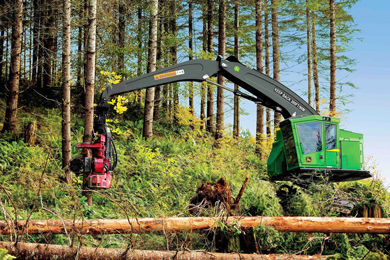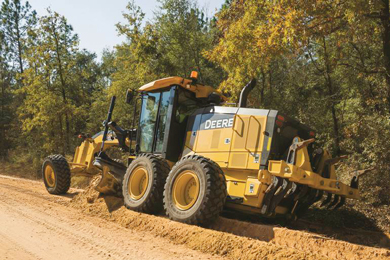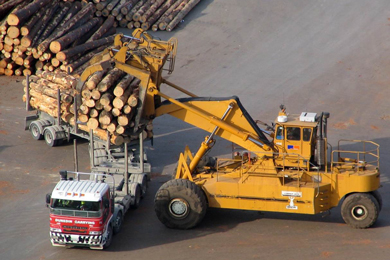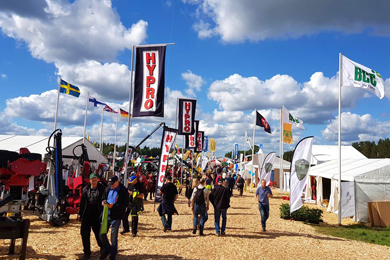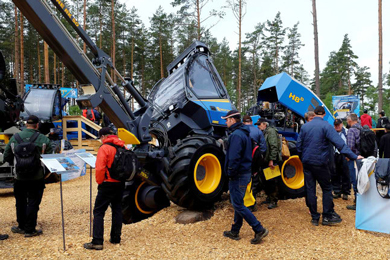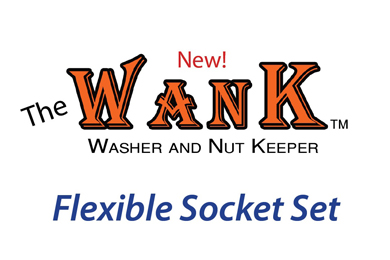The world’s largest forestry fair was bigger than ever this year both in terms of area and number of exhibitors. Many visitors were drawn to Elmia Wood to see new forestry products and services and to learn about new high-tech solutions and expertise in the forest south of Jönköping, Sweden.
“This has been a terrific fair,” said Edna Keane, CEO of Treemetrics, Ireland. “We’ve made contact with high-tech companies we didn’t know existed and met potential partners and customers from around the world.”
A total of 555 exhibitors from 28 countries were on the spot at Bratteborg to present their new products during four intensive days to visitors from six of the world’s continents. Many exhibitors participated in the fair’s new section, Load & Transport, with its theme of logistics and timber handling, which attracted many visitors.
Another visitor magnet was the fair’s new Drone Zone section, where conferences and live testing demonstrated the usability of drones in forestry applications.
“There’s been a lot of people and a lot of business done in the Drone Zone,” said Urban Wahlberg, CEO of Wabema and coordinator of the exhibitors there. “I estimate that two-thirds of our visitors came from outside Sweden.”
Unique premieres
Many of the world-leading suppliers gave unique premieres of their new forest machines.
“The number of international visitors has been greater than usual,” commented Tobias Johansson, the new CEO of Rottne, whose premieres included its new harvester, the Rottne H8D. “Our distributors in our export markets have met their customers here. We’ve also received enquiries from countries where we are not represented.”
“We’ve had many visitors,” said Carl-Johan Thell, sales rep for Liebherr in Sweden. “Our main target group is industrial customers, and they’re here. We operate in an international market, and at our stand international visitors clearly dominated. In that way Elmia Wood is a good match for what we want to achieve at a trade fair.”
“We’ve had an excellent stream of visitors to our stand,” said Daniel Persson Nyström of ExTe Fabriks AB. “Our main market is hauliers. A predominant proportion of visitors to our stand came from abroad and there’s been a lot of interest in our products.”
“Better than Google”
Visitors to the fair were also very satisfied with its large offering of new products and services.
“A fantastic fair,” commented Jan van der Sijde from South Africa. “I’ve been here for two days and it’s better than Google. Elmia Wood gives an overview of what’s available for the international forest industry.”
“Impressive to have a forestry fair in the middle of the forest,” said Naganori Kiyaoji from Japan. “We don’t have anything like this in Japan. There’s a lot to learn here and a lot to take home.”
The weather created some challenges for visitors, exhibitors and organisers alike.
“We’re pleased that an incredible number of people came to our stand. The rain just scared away people who aren’t in the industry. Our new products met with great interest,” said Dieter Reinisch, head of information at John Deere Forestry.
“We’re pleased that our new expanded fair was received so well,” concluded Jakob Hirsmark, exhibition manager of Elmia Wood. “The exhibitors’ demonstrations, the fair’s seminar programme, and the shows and competitions attracted large crowds. The fact that our exhibitors presented so many exciting world premieres bodes well for the future development of forestry. This industry is not standing still.”
Elmia Wood 2017 in figures:
– 555 exhibitors from 28 countries, of which 200 were here for the first time
– 85,000 sq.m. of stand space
– 7 km. forest trail
– Sweden’s largest fair by area
– 131,000 sq.m. of demo area where forest machines were shown in operation
– 143 large-scale forest machines along the fair’s large-scale trail
– More than 200 accredited journalists from 24 countries
– Total number of unique visitors: 41 834
Some voices from Elmia Wood 2017:
“This is the first time we’re exhibiting at Elmia Wood. One of our goals when we came here was to make contact with other companies that develop chains. In that respect we’ve had masses of ideas and new opportunities. We’ve also been surprised by the breadth of the fair – it has everything here and the visitors come from around the world. This will lead to new and exciting joint ventures for us. We will definitely be back again!”
Faruk Uslo and Mehmet Barim, SDL Chains, Turkey
“I’m a faithful Elmia Wood visitor and am here as a forest owner. I’m mainly interested in the small-scale trail and my purchases include a new petrol can. I’m also considering a new brushcutter because I like to do some work myself in the forest.”
Curt Engström, Värmland, Sweden.
“As soon as we started up a chainsaw, rows of people crowded into our stand. It’s great fun to get questions from the public and this has been a fantastic display window for our sport and our team. And our national team loggers were able to train in competition-like conditions before an audience.”
Nicklas Bergqvist, team leader, Swedish National Logging Team
“I’ve met an incredible number of visitors from Australia here at the fair. I’m made many new business contacts and will definitely be back.”
Nick Reynish, Forestry Connect, international representative for Elmia Wood in Australia.
“Our goal at the fair was to convey our brand to a broader target group. With the location we’ve had here and the stream of visitors through our stand, I can already say now that this goal has been met. Working at the stand has been really fun, with positive encounters with knowledgeable and interesting visitors. And the very high proportion of international visitors has been a bonus.”
Martin Lindén, Country Manager, Lännen Tractors, Sweden

